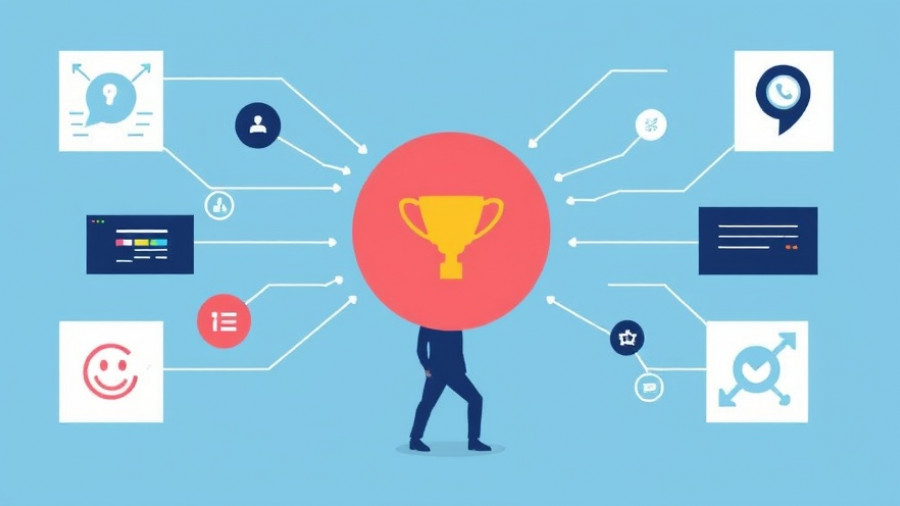
Understanding Agentic AI: The New Frontier in Automation
As businesses continue to grapple with the complexities of digital transformation, agentic AI emerges as a revolutionary player in the landscape. Unlike traditional AI systems, which often require constant human oversight, agentic AI facilitates autonomous operation, capable of managing intricate tasks and optimizing processes on its own. This capability alleviates the burden on human resources, allowing companies to adapt more swiftly to market changes while enhancing decision-making efficiency.
Why Agentic AI Projects Fail: Key Lessons
Despite the promising potential of agentic AI, the reality is stark. A recent MIT report indicates that a staggering 95% of generative AI pilots fail to produce meaningful business impacts. The primary culprits behind these failures are often integration challenges rather than the AI model’s performance. Legacy systems and a lack of foundational technology can severely hamper the adoption of agentic solutions, leading to wasted investments.
For many organizations, adopting agentic AI is not merely about technology; it’s a holistic change requiring deliberate alignment between digital components and human initiatives. Companies that rush to implement these solutions without proper groundwork often find themselves at a standstill.
Strategizing for Success with Agentic AI
Organizations need a structured approach to reap the benefits of agentic AI. Charles Crouchman from Forbes outlines a six-step process essential for successful integration:
- Inherit Technology: Leverage existing software vendors to ease the integration process. Engaging with a best-in-class vendor can alleviate the need to build solutions from scratch.
- Identify Problems Before Solutions: Discern the specific issues your organization faces before adopting technology; this ensures agentic AI effectively addresses critical needs.
- Maximize Workflow Efficiency: Capitalizing on automation helps achieve synergy between agentic AI and existing corporate systems.
- Develop Skills and Competency: Start with low-complexity applications to enhance team familiarity and confidence before tackling more significant challenges.
- Integrate Seamlessly: Consider how agentic AI fits into the broader automation picture within an organization to avoid fragmentation.
- Team Collaboration: Encourage teams to work together in identifying applications of agentic AI tailored to their specific needs.
Embracing the Future: A Three-Phase Plan
Several companies are already realizing the benefits of structured plans for agentic AI. For instance, a hospitality group leveraged a three-phase strategy while collaborating with Salesforce. Their approach centered around:
- Enhancing customer engagement through hyper-personalized marketing.
- Streamlining operational efficiency by centralizing first-party data.
- Establishing a data-driven framework to adapt quickly to market demands.
By embarking on this organized journey, they achieved measurable increases in customer loyalty, demonstrating an effective roadmap for other organizations eager to explore agentic AI.
Final Thoughts and Next Steps
As we stand on the precipice of a new era in technology with agentic AI, organizations can no longer afford to adopt these systems blindly. Insight into the integration challenges, clear objectives, and a structured approach will pave the way for success. It's crucial for businesses to remain patient and strategic; failure to do so could result in becoming yet another statistic in the growing list of agentic AI project failures.
Please consider how these insights can help you develop a more effective strategy for your own AI projects. Evaluating the potential benefits and crafting a coherent plan is crucial as your organization moves toward embracing this new frontier.
 Add Row
Add Row  Add
Add 




Write A Comment